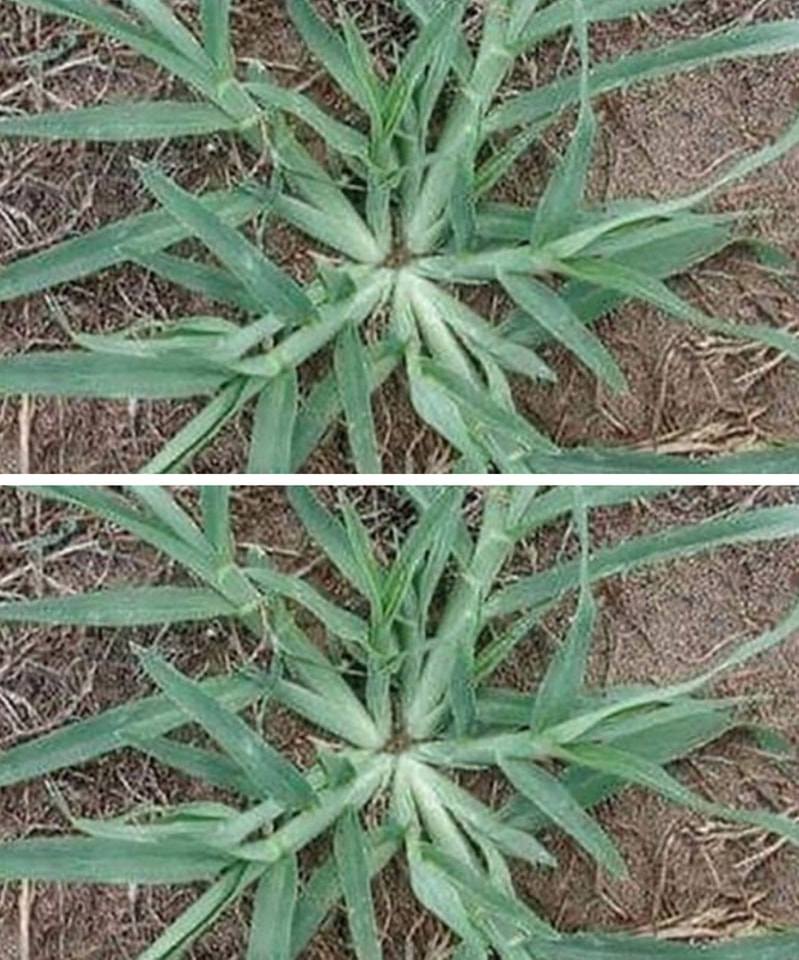ADVERTISEMENT
#### 2. **Comfrey Can Be Used as a Natural Fertilizer**
Comfrey leaves are packed with essential nutrients, making them an excellent natural fertilizer for your garden. One of the most popular ways to use comfrey in the garden is by making **comfrey tea**, a nutrient-rich liquid fertilizer that’s perfect for feeding your plants.
To make comfrey tea, simply chop the leaves and steep them in water for a few weeks. The result is a highly nutritious liquid that can be used to feed plants like tomatoes, peppers, and other vegetables that need an extra boost. Using comfrey as a natural fertilizer reduces your reliance on synthetic products, which is better for both your plants and the environment.
#### 3. **It Attracts Pollinators**
Comfrey flowers are a magnet for **pollinators** like bees, butterflies, and other beneficial insects. By leaving comfrey in your garden, you create a habitat that encourages pollination, which is essential for growing a variety of fruits and vegetables. Pollinators are key to increasing biodiversity in your garden, ensuring that not only your comfrey thrives, but all your plants and crops benefit from a well-balanced ecosystem.
Additionally, comfrey’s flowers are a great early spring nectar source, helping pollinators get a jump start after the colder months. So, by allowing this plant to grow, you’re helping your entire garden community.
#### 4. **Comfrey Helps with Composting**
Comfrey is a **composting superstar**. The plant’s leaves are high in nitrogen, which helps speed up the composting process. Adding comfrey leaves to your compost pile can help balance the carbon-to-nitrogen ratio, creating healthier, more nutrient-rich compost for your garden.
Its ability to break down quickly also means you’ll have a high-quality compost ready in less time. It’s one of the best plants to add to your compost bin if you’re looking for fast results.
#### 5. **It Can Be Used as a Medicinal Herb**
Comfrey has a long history of use as a medicinal plant, particularly in traditional herbal medicine. While it’s important to note that **comfrey should not be ingested** in large quantities due to potential liver toxicity, it has been used topically for centuries to treat bruises, sprains, and broken bones. Comfrey contains compounds like **allantoin**, which can promote healing and tissue regeneration.
If you’re interested in herbal remedies, comfrey can be used to make **comfrey poultices** or salves, which are applied to the skin for relief of injuries, inflammation, and pain. This versatile plant offers a natural alternative for those looking to incorporate herbal treatments into their routine.
#### 6. **It Provides Shelter for Wildlife**
Comfrey’s large, dense leaves provide **cover and shelter** for small wildlife, such as insects and small mammals. The plant’s lush foliage offers a safe space for critters to hide from predators or escape extreme weather conditions. By allowing comfrey to grow in your garden, you’re helping support local wildlife by creating a mini ecosystem within your own backyard.
### **How to Harvest Comfrey Without Uprooting It**
If you’re concerned about comfrey overtaking your garden, there are ways to manage its growth without uprooting the plant. Here are some tips for harvesting and maintaining comfrey:
– **Regular Pruning**: Comfrey grows quickly, so regular pruning is essential to keep it from taking over your garden. Trim the leaves back once or twice a year to prevent the plant from getting too large.
– **Containment**: If you don’t want comfrey spreading too much, plant it in a **container** or confined space, or consider using **barriers** in the soil to limit its root spread.
– **Harvesting Leaves**: You can harvest the leaves throughout the growing season for use in compost, fertilizer, or making comfrey tea. Simply cut the leaves back, but leave the roots and base of the plant intact to allow it to regrow.
– **Divide the Plant**: Every few years, you can divide the comfrey plant to control its spread. Divide the roots into smaller sections and replant them in a controlled space.
### **Conclusion**
So, the next time you find comfrey popping up in your garden, don’t pull it out! Instead, embrace it for all the wonderful benefits it provides. From enriching your soil and attracting pollinators to its use as a natural fertilizer and medicinal herb, comfrey is truly a **game-changer** for your garden. By leaving it in place and learning how to harness its potential, you can create a healthier, more sustainable garden environment while also benefiting from its many uses.
ADVERTISEMENT
